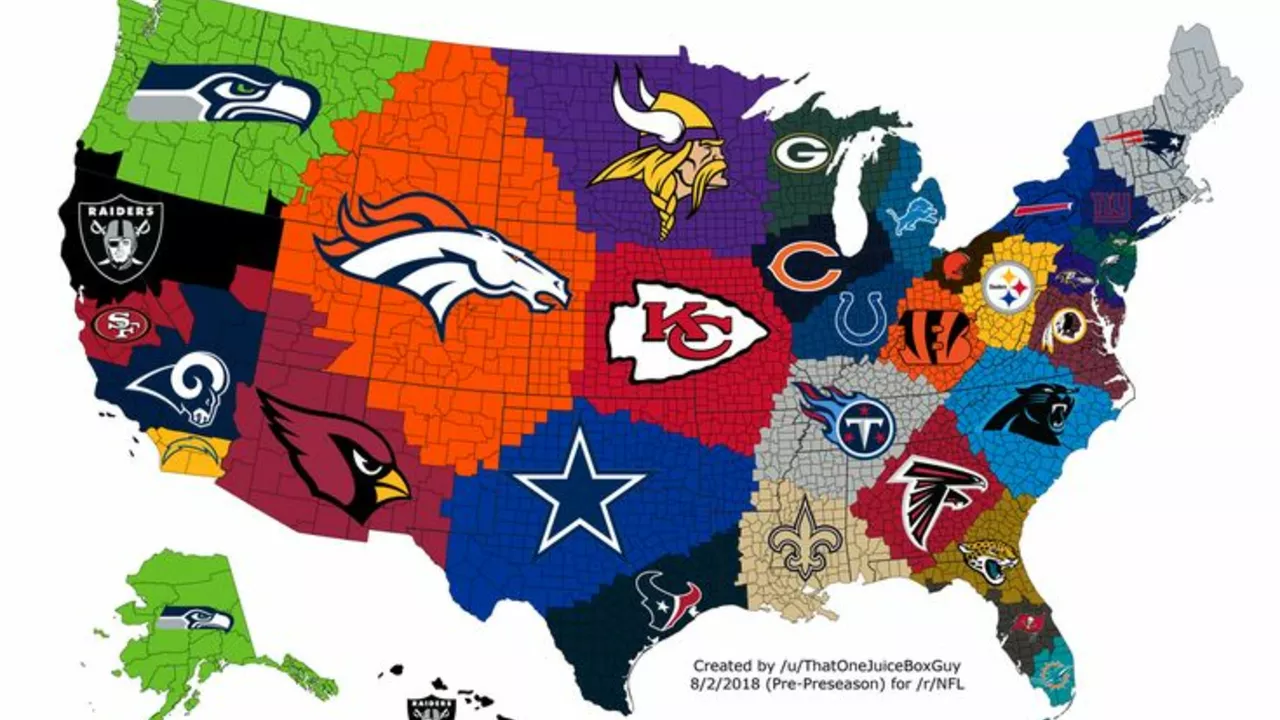Team Logistics: Planning, Travel, and Security
When you hear Team Logistics, the behind‑the‑scenes work that gets a squad from the locker room to the pitch on time and safe. Also known as team operations, it blends travel, gear, and crowd control into a single moving picture.
The first pillar is Travel Arrangements, flight bookings, bus routes, and hotel blocks that match a match calendar. Good travel planning reduces fatigue and keeps players ready for the next game. The second pillar, Stadium Security, policing entry points, screening bags and managing crowd flow, directly influences how smoothly a team can set up on match day. If security tightens, the logistics crew must adapt quickly, showing how logistics requires flexible security coordination.
Key Elements of Team Logistics
Another critical element is Equipment Management, the packing, transport and upkeep of kits, medical gear, and training tools. Without proper equipment handling, even the best‑trained athletes can be sidelined. Finally, Fan Merchandise Policies, rules about what scarves, flags or jerseys can be brought into a stadium, affect both security and logistics. A ban on half‑and‑half scarves, for example, forces staff to check bags more thoroughly, showing how fan policies influence overall logistics flow.
All these pieces—travel, security, gear, and merchandise—connect in a web of cause and effect. Team logistics encompasses travel planning, requires equipment management, and is shaped by stadium security decisions. When you understand these relationships, you can appreciate why a simple match preview often hides a massive coordination effort behind it.
Below you’ll find articles that dive into each of these areas: odds predictions for upcoming games, security bans on fan gear, and the impact of political shifts on team operations. Browse the collection to see how real‑world examples bring the theory of team logistics to life.
Why do NFL teams practice at different locations?
In my recent exploration of NFL dynamics, I've found that teams often practice at various locations, and there are a few reasons for this strategy. Firstly, different terrains and climates can mimic the conditions teams might face during games, allowing them to better prepare. Secondly, it's also beneficial for team bonding, creating a camp-like atmosphere away from home. Additionally, it's a great way to engage with different fan bases, bringing the team closer to their supporters. Lastly, varying the practice location can also keep routines fresh, preventing monotony and boosting players' mental well-being.



